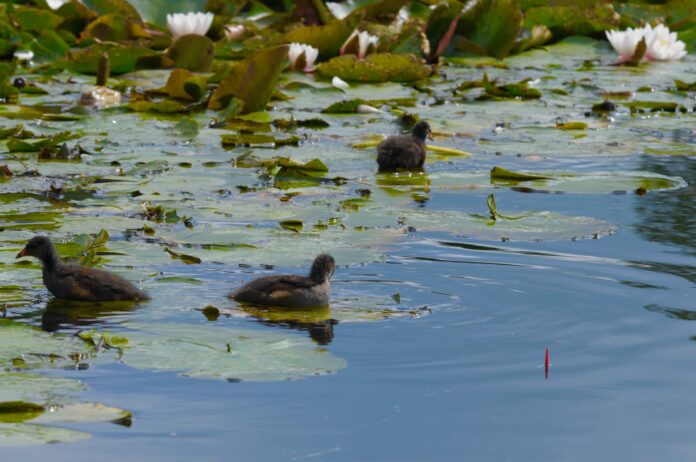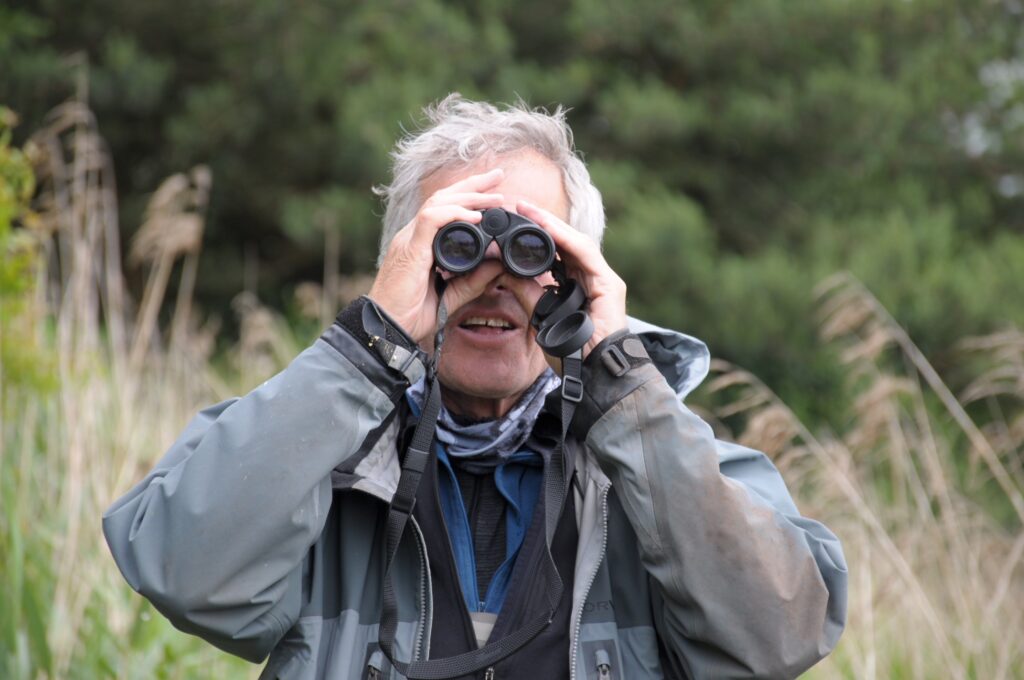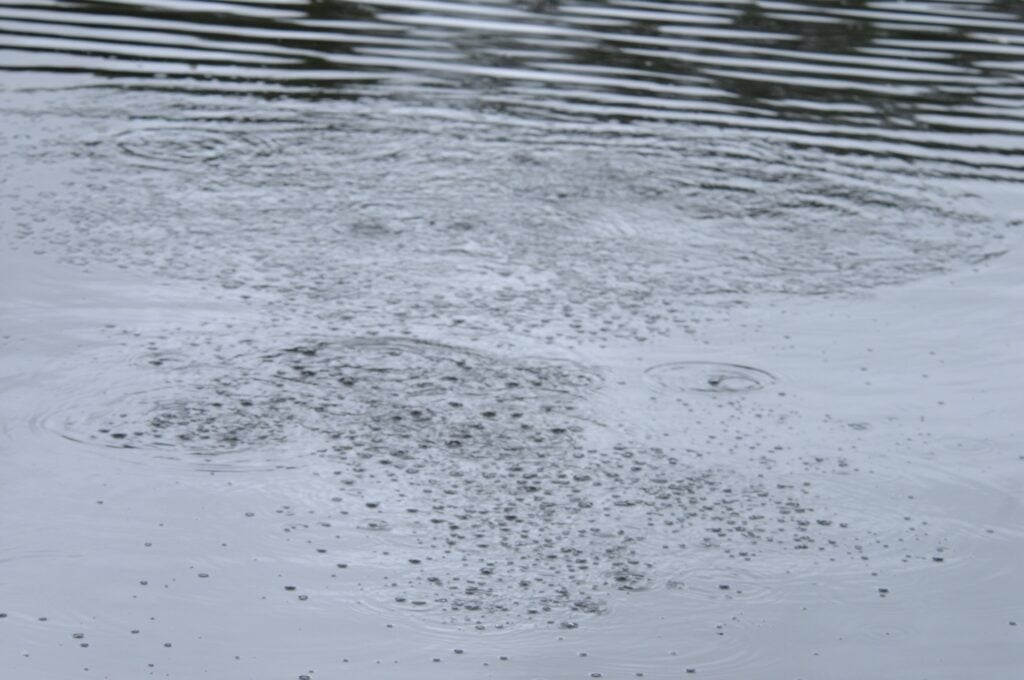WATCHING THE WATER
It is blindingly obvious that location is step one in any fishing situation, but never more so than now. If you are to sneak onto a serious carp water and catch biggies from under the nose of the bivvy boys, you have to pinpoint where fish are to the square millimetre – or close anyway.
Step one, I’d advise you choose times when the water is quiet, perhaps as early doors as you can make it or on weekdays. Then, leave the gear in the car whilst you watch, so you are not tempted simply to get cracking – probably in the wrong place. Take binoculars and Polaroids if you have them, and wear trainers not boots if it is dry enough. Drab clothing is part of it, though you don’t need to camo up and look like an alder bush. Most important, buy a bucket of patience. Watching cannot be rushed. Time watching is time best spent, and all it takes is a single cast to catch that fish of a season. Matt Busby said it only takes a second to score a goal, and so it is with a thirty.
Carp are big fish but that does NOT mean they are easy to spot. A forty in a foot of water can be impossible to detect I promise you, and every tiny sign merits investigation… hence those bins! The fish themselves? Don’t expect carp to splash out for you or drift around, backs out. Very often all you will catch is the tip of a dorsal or tail lobe. In cloudy water, you might sense a shape a little darker than the surrounding brown, so follow your hunch and get the binoculars focused again. Very often you have to ask yourself again and again if that half-glimpsed sighting is a fish or not, and you stick with it ’till it moves or it doesn’t. Once again, time is immaterial, and a single cast in eight hours can do the business if it is the right one.
Bubbles are a giveaway, but don’t expect to see vast foaming sheets of the things. It’s good when you do but most of the time you are looking for single bubbles, or a tiny clutch of them at most. It is easy to dismiss these as escaping gas and sometimes they are… but not always. Silting is another sure sign of carp with their heads down, and I have seen areas half the size of a football pitch coloured when a shoal of carp are going for it, but this is not the norm. A big fish can send up a puff of silt no bigger than a beer mat. You might think small roach but you might well be wrong. ANY disturbance is a tell-tale. A tiny twig rising from the bottom. A leaf suddenly twirling around in a barely visible vortex. A pocket of fry suddenly shearing from the surface. It is good to remember Norfolk legend Bernie Neave at this point. No one could watch a square yard of water like Bernie and understand its dynamics like him. Everything registered. He was like a blinkered horse and the only part of the lake that mattered was that pocket of water burned by his gaze. Whilst the bivvy next to him was snoring, Bernie would be counting his carp, and that was what made him a genius at the watching game.
Much of what watching is about is close up and personal. This is why you are quiet and move quietly. You don’t see a heron talking to his mates. Check out areas in amongst bankside trees for a starter. Carp like the shade and overhead protection, and possibly food drops in from the branches at times of the year. But above all, you can’t get a bivvy up in a confined space and carp learn to look out for the quiet areas where they feel safe, at least to a degree. (Remember, 200 carp in a 20 acre water, ringed by 15 anglers, know exactly what our game is, and know exactly how to avoid the lines and the leads of the typical approach. What they are not expecting is an angler tip-toeing around a lake peeping under every bush.) Reeds are a false friend to carp. They might offer them a good deal of food, but a fifteen pound fish cannot waddle through a reed fringe without shaking at least one stalk. You’ll find very big fish in the reeds in a single foot of water: they move dead slow and simply hang there for minutes barely flicking a fin but they are there if you take the time to absorb what the lake is telling you. Believe me, finding fish is part of the fun here, a measure of how well you are doing. When you are identifying big fish from tiny signs, you are doing the job.
Build up your own repertoire of knowledge and skills… if you arrive at first light and it is still, look for areas coated with spent bubbles. This where carp have been feeding pre-dawn, and there could still be stragglers around. Search out pinch points where banks meet islands, for example, and carp are funnelled in close as they wander the lake. This is a great place to lay an ambush. There’s a ripple on the water, but all of a sudden you identify a large flat area, like a mirror amongst the chop. That’s a carp moving just sub-surface, perhaps taking an emerging alder fly. See what I mean? There are clues everywhere if you take the time to look. Next up is the question of turning these clues into carp on the bank. But find fish and of course, you are half way to being a successful ‘Dolly Carper’.















